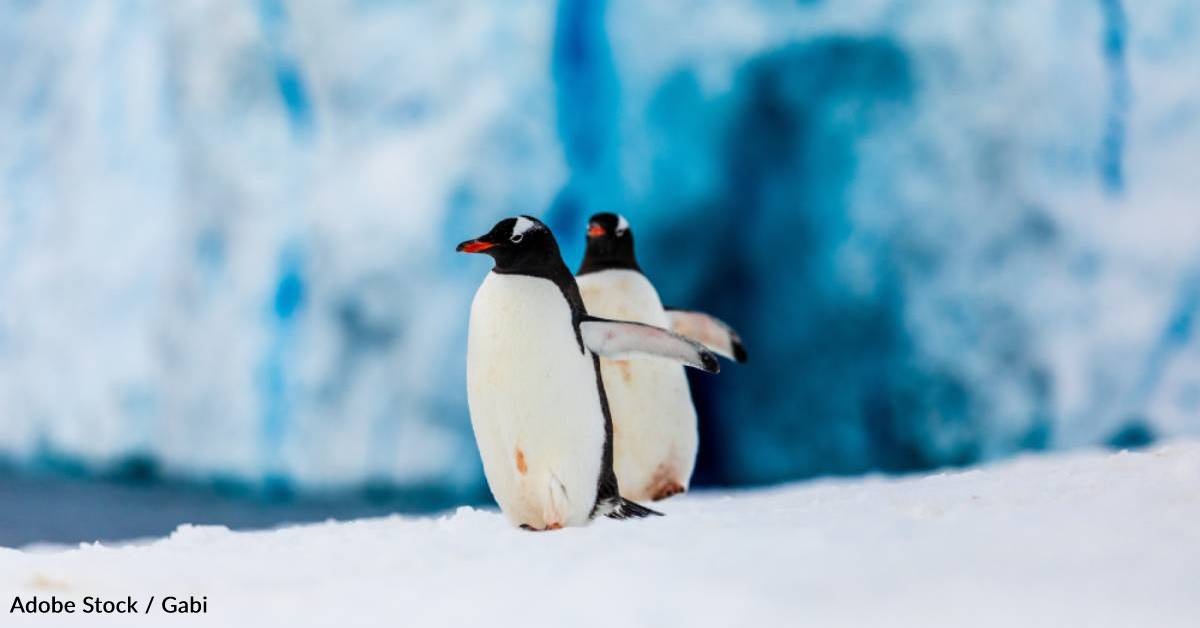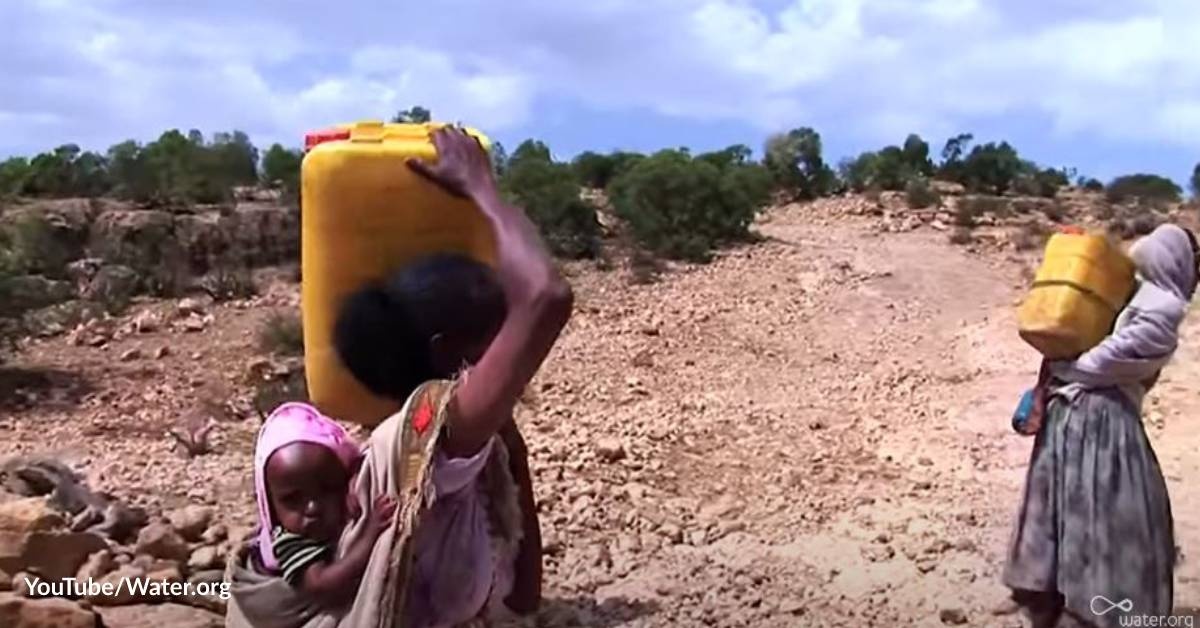Let's Protect Wildlife Habitat Every Day!
When you click, GreaterGood supports conservation efforts and the preservation of habitat.
Shop to Give
Every Action Has An Impact
You help donate to conservation efforts with every item purchased.
@include(recstemplate)
Sign a Petition
Take Action by signing petitions on issues that matter.
Trivia to Give
@include(listrak-rightcolumn)










![[Logo, EcologyFund]](https://http-aws.greatergood.com/ctg-v22/img/logo-ecologyFund.png)
![[Logo, The Rainforest Site]](https://http-aws.greatergood.com/ctg-v22/img/logos-sites/logo-trs-bare.svg)